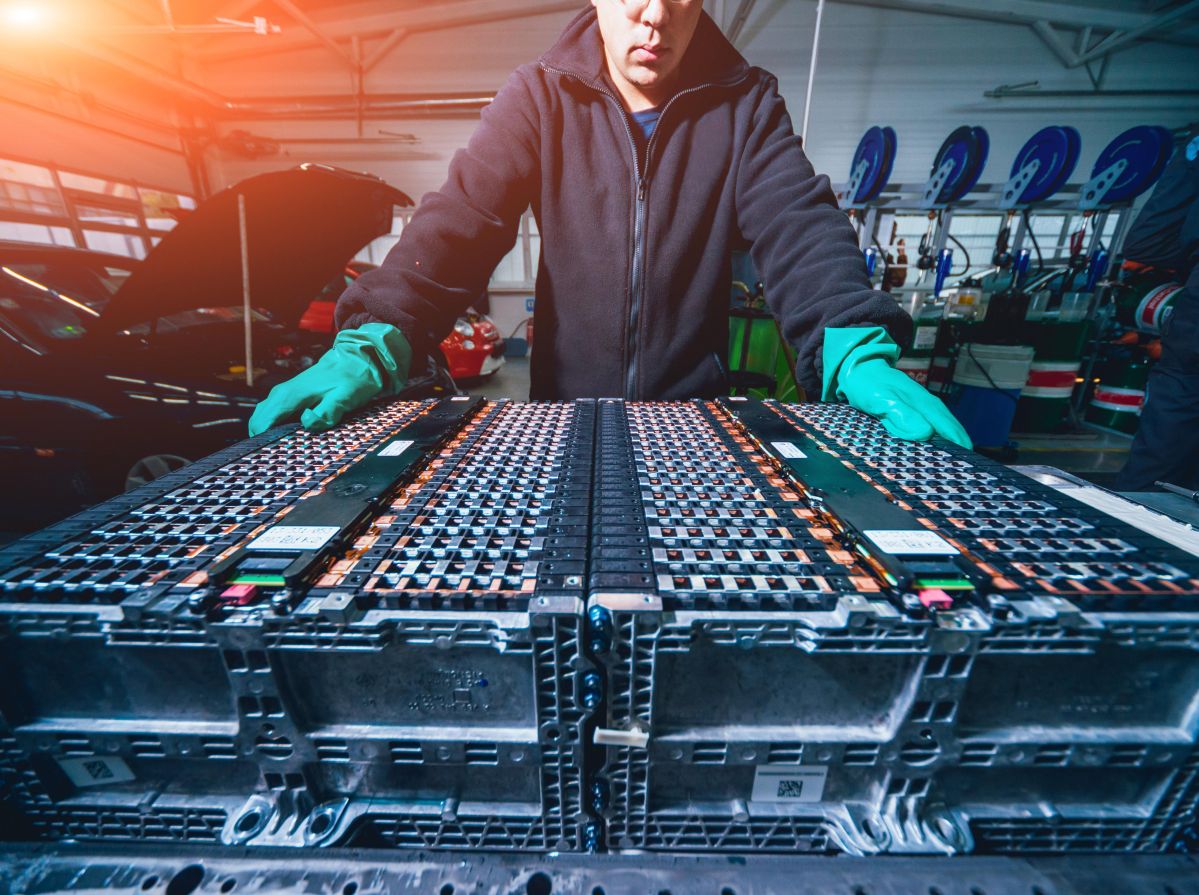The automotive claims and collision repair industry faces significant challenges as repair costs continue to rise, with inflation, labor shortages and the growing complexity of electric vehicles (EVs) at the forefront.
According to CCC Intelligent Solutions' newly released Q3 2024 Crash Course Report, the cost of repairing vehicles increased by 3.7% in the first half of 2024 compared to the previous year, placing added strain on repair shops and insurers.
“2025 will present unique challenges and opportunities for the auto claims and repair industries,” said Kyle Krumlauf, director of industry analytics at CCC and co-author of the report. “From rising repair costs and labor shortages to the growing complexity of vehicles and supply chain disruptions, staying ahead of these trends is critical to the industry’s viability.”
One of the report's most notable findings highlights the increasing costs associated with EVs. While EVs represented 2.4% of repairable claims in the first half of 2024 -- up from 1.6% in 2023 -- EV repairs remain significantly more expensive than repairs for non-EVs. On average, EV repairs cost 46.9% more than their non-electric counterparts, with labor accounting for 43.3% of total EV repair costs in vehicles three years old or newer, compared to 36.5% for non-EVs.
The report also showed how inflation continues to drive up industry costs, particularly in casualty claims. Third-party medical bill line severity has increased by 5.4%, while first-party claims have risen by 6.1% year-over-year. Additionally, uninsured and underinsured motorist injury claims have surged.
As vehicle complexity grows, so does the strain on labor. Labor rates saw a 4.9% increase year-over-year, adding to the financial burden on collision repair shops already grappling with supply chain disruptions and increasing parts costs. The report also noted a 1.8% increase in total loss frequency in 2024, largely due to the aging U.S. car fleet and the continued depreciation of used vehicles.












